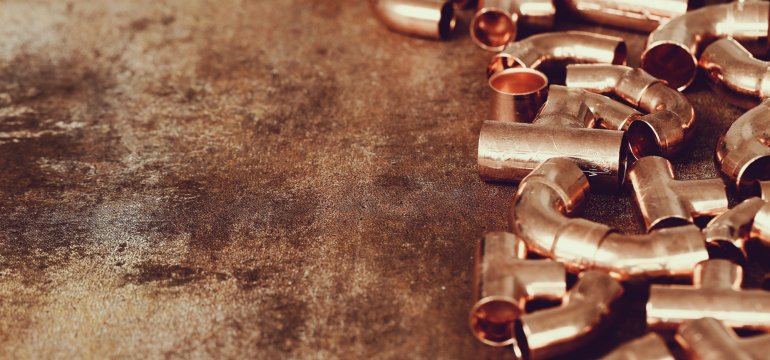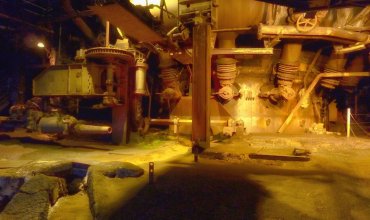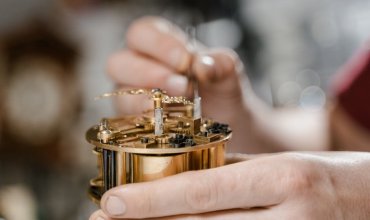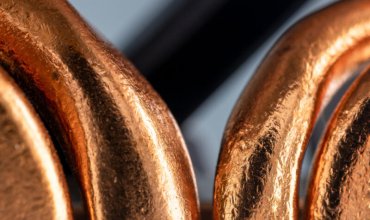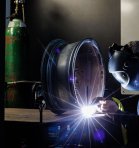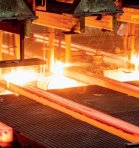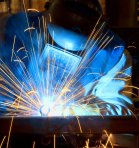Copper is one of the oldest metals known to mankind and has played a key role in the development of civilization for thousands of years. From the underground mines of antiquity to modern electronic devices, copper is an indispensable part of our lives. In Poland, as in other countries, we still use copper in a variety of fields - from electrical installations to industry to home crafts.
Sometimes, however, despite its ubiquity, it can be a bit difficult to recognize copper among other metals. Therefore, the purpose of this article is to provide valuable information on how to identify copper. In this lengthy article, we will discuss various methods of identifying copper, its unique properties and examples of its use. All this in the context of Polish realities and expert experience. We invite you to read on!
Properties and characteristics of copper
Copper, designated by the chemical symbol Cu (Latin: Cuprum), is a metal with a wide spectrum of unique properties. These make it so highly valued and widely used.
Copper's color and appearance
One of the most distinctive aspects of copper is its color. How can you recognize copper by its color? Most often, copper has a warm, reddish hue, which can oxidize over time, taking on a greenish or dark gray hue. If you find a metal that appears to have a reddish glow, there's a good chance it's copper.
Weight and density
Copper is a relatively heavy metal, with a density of about 8.96 g/cm3. In comparison, aluminum is much lighter, which can help identify copper. Taking a piece of the metal in your hand, you can sense the difference in weight - copper should appear significantly heavier than many other metals of similar size.
Thermal and electrical conductivity
One of copper's most important properties is its excellent electrical and thermal conductivity. In practice, this means that copper is a fantastic choice for electrical conductors and thermal tubing. Copper wires conduct electricity much more efficiently than other metals, like aluminum. Owning a meter of copper wire, it's easy to see that it gives off heat much faster than other metals when connected to a power source.
Methods for identifying copper in practice
Distinguishing copper from other metals in practice can be a bit more complex and requires a variety of identification methods. Below are the most popular of these.
Magnet test
In one of the simplest tests, we can use a magnet. Copper how to tell if it's copper using a magnet? Well, copper is a non-magnetic metal. If you apply a magnet to a piece of metal and find that the magnet does not attract the metal, there is a good chance that you are dealing with copper (or another non-magnetic metal, like gold or aluminum).
Acid test
Another method is the chemical test, although more complicated. How do you identify copper using acids? Simply apply a small amount of hydrochloric acid to a metal sample. If it is copper, the reaction will be relatively weak, forming a fine layer of copper oxide (greenish tarnish). However, this test requires caution and appropriate personal protective equipment.
Using spectrometry
In more professional applications, spectrometry is used. This advanced equipment makes it possible to accurately determine the composition of the metal, including the concentration of copper. This method is mainly used in laboratories and industrial plants, with little use in everyday situations.
Copper use in Poland - from mines to industry and crafts
Copper is widely used in various industries in Poland and around the world. Let's take a look at some of the main applications.
Mining and manufacturing
Poland is one of the European leaders in copper mining, thanks to the rich deposits in the Lower Silesia region. Copper Mining and Smelting Combine (KGHM) Poland Copper S.A. is one of the largest copper producers in the world. The copper mined in Poland is processed into a variety of products, from wires to finishing components.
Electrical installations
Copper is widely used in electrical installations due to its excellent electrical conductivity. From wires to connectors to small electronic components, modern electronics could not function without copper.
Crafts and arts
Copper has long been prized in crafts and the arts. Sculptors, jewelers and artists appreciate its ability to shape and aesthetic appeal. Poland is famous for its beautiful copper ornaments and handicrafts, which can be found at regional fairs and art fairs.
How to properly care for copper
Understanding how to identify copper is one thing, but taking care of it is an equally important aspect. Copper can oxidize, leading to changes in its color and appearance.
Cleaning and maintenance
In daily use, copper maintains its best appearance through regular cleaning. You can use special cleaning products available in stores or home methods such as a paste of salt and vinegar. Regular cleaning prevents oxide build-up and keeps the metal in impeccable condition.
Protecting against oxidation
While patina can be aesthetically appealing, in many cases we want to preserve the original appearance of copper. Protective varnishes can protect copper from oxidation. There are specialized agents that form an invisible protective layer on the surface of the metal.
Myths and facts about copper
Copper is surrounded by many myths and misconceptions. It is worth dispelling a few of them in order to better understand this remarkable metal.
Is copper harmful to health?
One myth is the belief that copper is harmful to health. In fact, copper is a micronutrient that is essential for the body to function properly. Excess copper can of course be harmful, but this is true of most elements. Normal use of copper in the form of utensils or plumbing does not pose a health risk.
Copper vs. various metals
We sometimes encounter the belief that copper is too fragile relative to other metals. Although copper is less hard than steel, its strength is sufficient for many applications. Copper is flexible and easy to form, making it invaluable in many fields.
Summary
As you may have noticed, copper is an extremely interesting metal with a wide range of properties and applications. Copper how to identify it is a key topic not only for those involved in industry, but also for home craftsmen and do-it-yourselfers. A copper sample can be identified by its specific color, weight, non-magneticity, and electrical and thermal conductivity.
In Poland, copper has a long history and its industrial extraction stands at a very high level. Whether you are an artist, electrician or simply a curious DIYer, understanding and being able to identify copper can be extremely useful.
While it may be a relatively simple-looking metal, its role in the workings of our lives is invaluable. We hope this article has provided relevant information and you can now easily recognize and appreciate any copper components around you.


